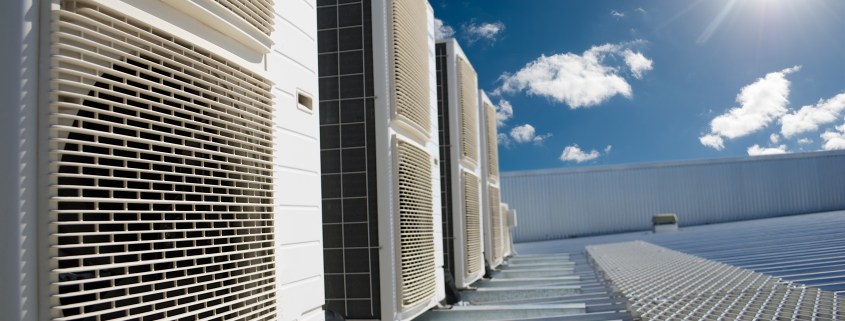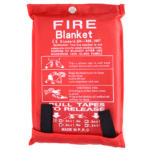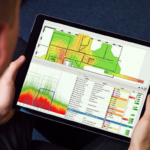Commercial buildings rely on various HVAC systems to maintain an ideal indoor air temperature. Building size and usage will often play a pivotal role when choosing the appropriate system type.
An energy-efficient HVAC unit can attract customers and boost business revenue for companies committed to sustainable practices. This is particularly relevant regarding businesses specializing in environmental-friendly products or services.
Do you want to know more about which HVAC system suits your business? After reading this article, visit this site to schedule an appointment and get expert advice tailored to your specific needs.
1. Single-Split System
Commercial HVAC systems must be capable of managing multiple tasks: cooling and heating large spaces, extracting polluted air through ductwork or exhaust systems, managing energy use efficiently, as well as helping regulate indoor temperatures so occupants are comfortable.
Single-split systems offer businesses an economical cooling solution. Utilizing one outdoor unit to service multiple indoor units depending on room size and needs, requires fewer outdoor cabinets and will have less of an impactful presence in front of your building.
2. Multi-Split System
Multi-split systems use one outdoor unit to power multiple indoor air conditioning units, making this a more cost-effective and energy-saving way of heating and cooling large spaces.
This type of commercial HVAC system functions like a heat pump in that it draws warm air out from within a building and expels it outside before conditioning and distributing it via long pipelines into space. Such systems may also be used to add climate-controlled rooms without major renovations.
Small spaces like cafes and servers benefit from these systems as they offer efficient cooling and heating at an economical price. Unfortunately, however, larger areas require extensive piping to work effectively; to get maximum performance out of these systems, an experienced technician must install it for maximum performance.
3. Packaged System
Packaged systems offer an ideal solution for low energy costs and minimal noise levels in commercial spaces. These energy-saving air conditioners connect directly with multiple indoor units for effective cooling and heating solutions.
This system comprises an outdoor cabinet housing the condenser and compressor, while an indoor unit houses an evaporator coil to cool air. Both components are connected by a line set that moves chilled air through an underground supply duct system.
Larger package HVAC systems are frequently found in commercial spaces or multi-tenant residential buildings that need to provide individual tenants with more control of their utility bills. They can also work well for new residential additions like garage or room additions, saving space compared to a split system; especially beneficial in locations without enough outdoor space for housing a condenser/AC unit.
Conclusion
Commercial space owners, managers, and tenants face numerous responsibilities every day. They must manage staff, serve customers efficiently, keep up with business operations, and ensure their building has adequate heating and cooling.
Your building size, location and climate will determine which HVAC system best meets its needs. Also important are load requirements, that is, the amount of heat the AC must remove from a room using energy resources.








